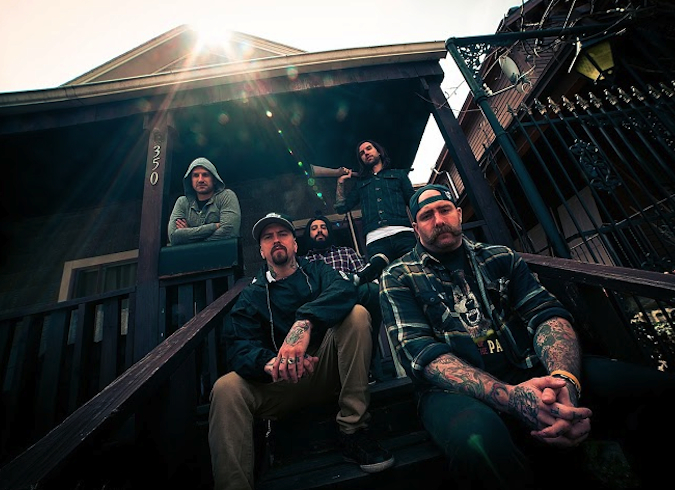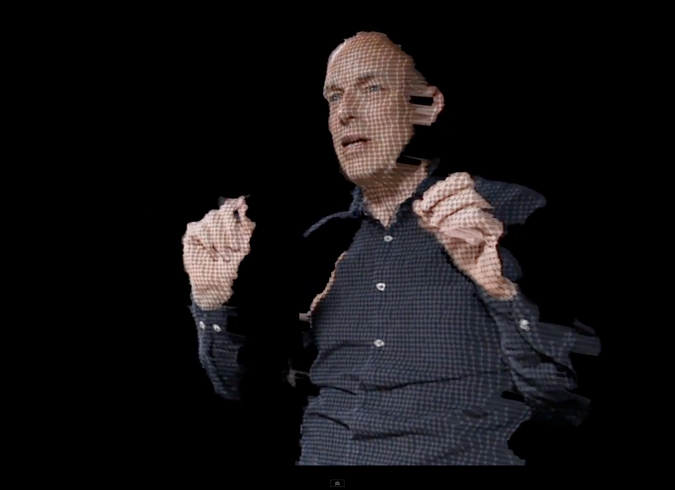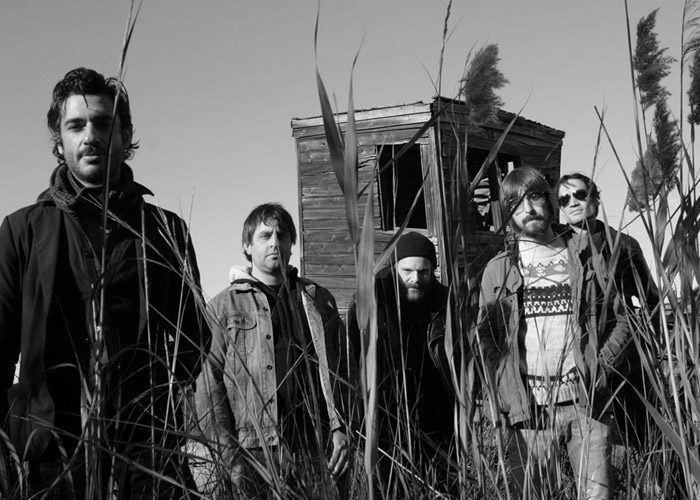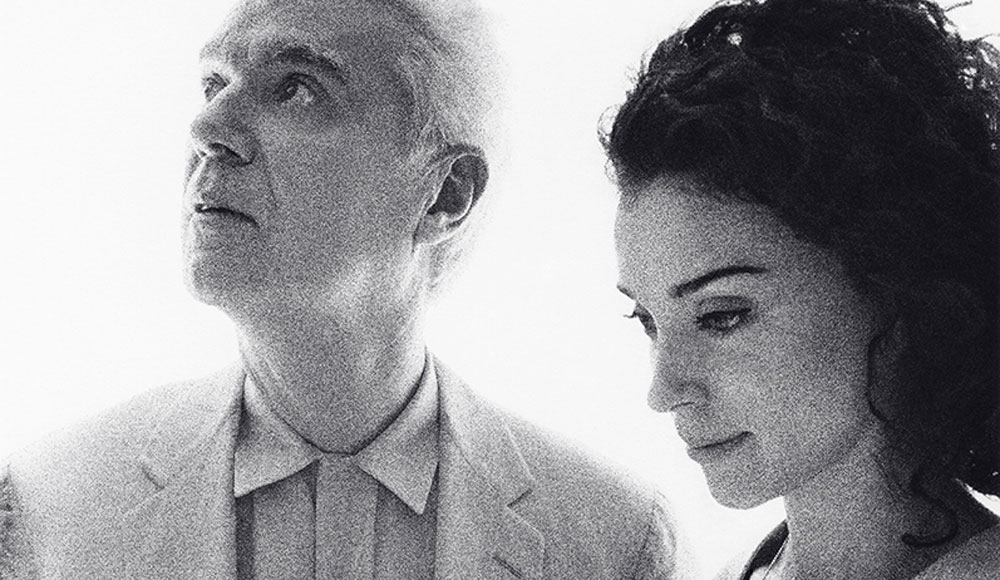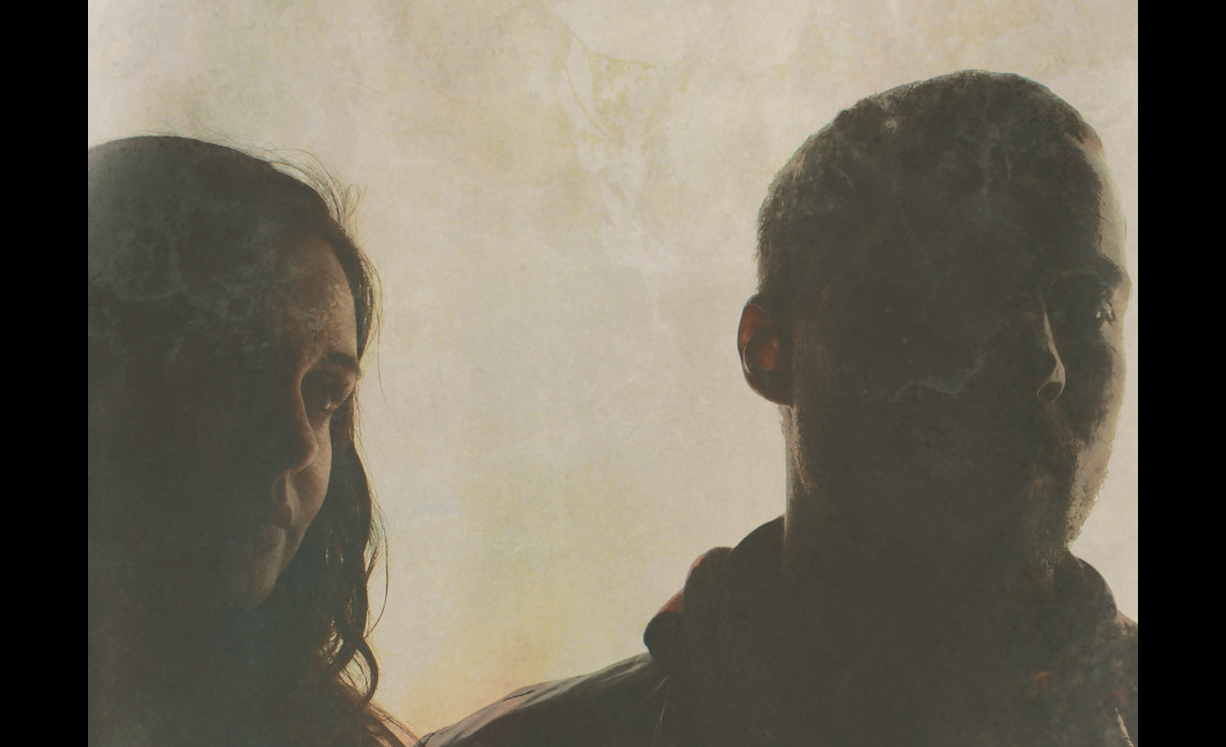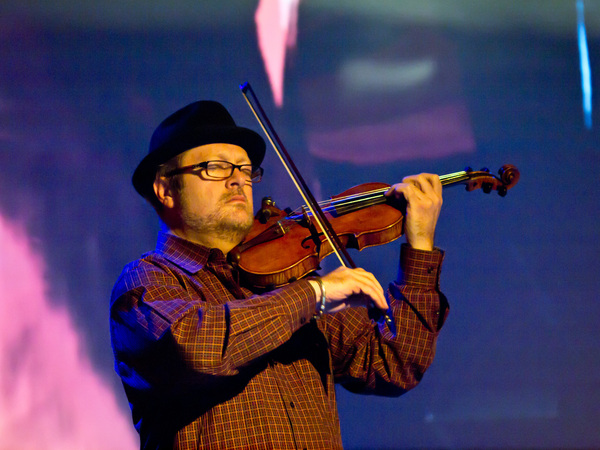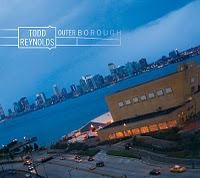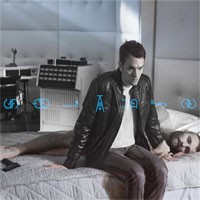 Ben Frost & Daníel Bjarnason: Sólaris (Bedroom Community, 11/8/11)
Ben Frost & Daníel Bjarnason: Sólaris (Bedroom Community, 11/8/11)
Ben Frost & Daníel Bjarnason: “Reyja”
[audio:https://alarm-magazine.com/wp-content/uploads/2011/11/Ben_Frost_Daniel_Bjarnason_Reyja.mp3|titles=Ben Frost & Daniel Bjarnason: “Reyja”]
Last year, Mat Schulz, who started Poland’s Unsound Festival, asked composers Ben Frost and Daníel Bjarnason — each residents of Reykjavík, Iceland — to rework Andre Tarkovsky’s 1972 film Sólaris. For both Frost and Bjarnason, their collaborative album Sólaris is a complete departure. Though Frost’s music is often labeled everything from dark industrial to classical minimalism, Bjarnason’s compositions are wildly extravagant yet controlled; together, it’s an inspired collaboration. Under their guidance, Sólaris achieves a delicate balance of the two personalities.
The soundtrack began as an improvisation played to the film. With the help of music software, these initial sketches were reproduced digitally and were then given to a 30-piece orchestra to replicate. Though far from the original score, what resulted was a sort of experiment between man, machine, and art, skillfully capturing the beautifully fragmented, tense, and at times haunting quality of the film.
The piece has been performed — alongside stunning visual “film manipulations” by Brian Eno and Nick Robertson — with Sinfonietta Cracovia in Krakow and New York as well as Iceland and Austria.
In light of last month’s release of Sólaris, we spoke with Bjarnason about the concepts behind the album and the soundtrack’s transformation.
Why did you choose to remake the Sólaris soundtrack? In what ways did the original fall short of your expectations?
For me, the issue was never to make a new or better soundtrack to the Tarkovsky film. The piece is simply inspired by the film and the book. Stanislav Lem wrote Sólaris in Krakow, and it had its 50-year anniversary the same year as we premiered Sólaris in Krakow during the Unsound Festival, so it was a great way to mark that occasion.
Was this originally meant to be a literal soundtrack to the film? How did it evolve into what it is now?
That was the original idea, yes, but we were quick to abandon that idea. I think we were both much more interested in taking the film as a starting point and then moving on from there. So all the music was made during improvisation session where me and Ben watched the film and improvised on top of it and recorded what we did. So every musical moment is a response to a certain scene or moment in the film. But we never watched after those initial sessions, and when I listen to the piece now, I have no idea what music goes with what scene. In a way, we left the film behind at that point and just looked at what we had musically. Then the Sinfonietta came into the process, and the whole thing took on another dimension.
 Hopewell: Another Music EP (Tee Pee, 9/11/12)
Hopewell: Another Music EP (Tee Pee, 9/11/12)
